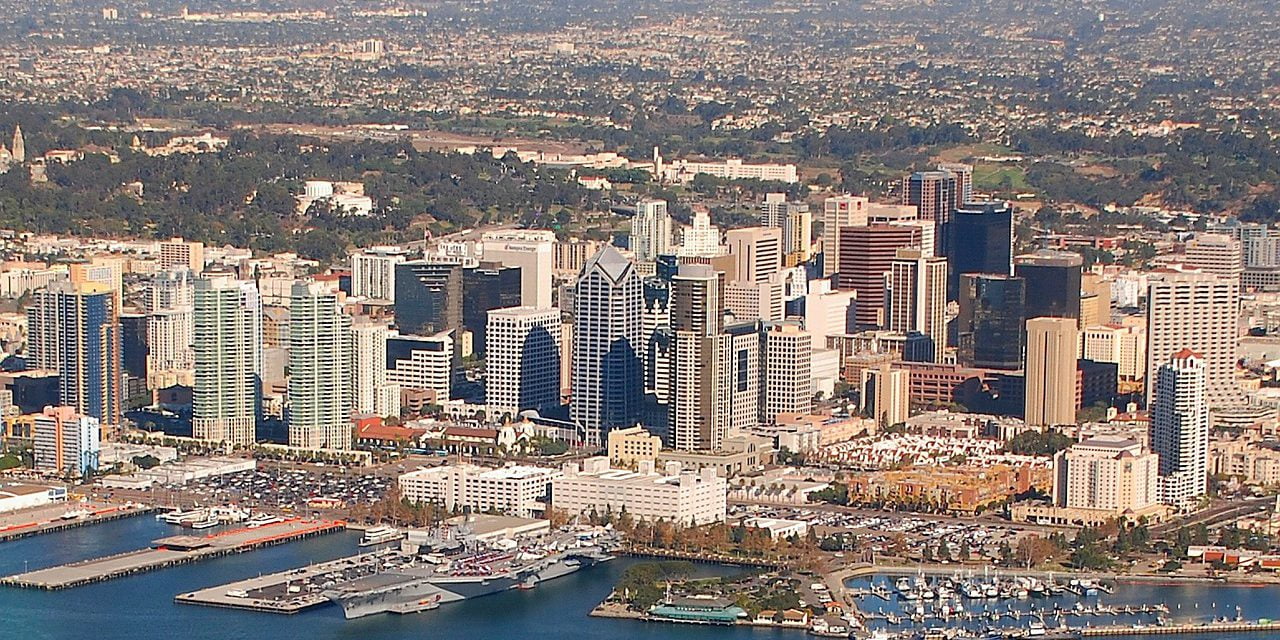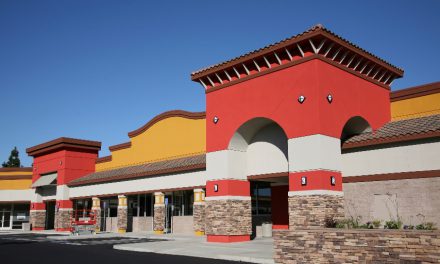After years of slow and steady improvement, San Diego’s commercial sector is finally beginning to feel healthy again. In particular, the office sector is improving mightily going into 2018. Has it reached a peak?
Vacancies have steadily fallen, from their recent 16% high in 2009 to 10.2% in the fourth quarter (Q4) of 2017, according to Voit Real Estate Services.
Today’s lower vacancies are driven by:
- growing employment numbers, increasing office demand; and
- very low construction
In fact, new office construction was non-existent in downtown San Diego from the recession all the way until 2017, when construction started on the first new office buildings in the area for a decade, according to Voit. As a result, absorption of office space for lease has been positive each quarter since 2010.
More common than construction during this extended recovery have been office conversions, where old, outdated space has been improved as office space for today’s more creative and free-spirited culture of workers. Startup culture isn’t limited to the Bay Area alone, and old warehouses and other outdated spaces are rapidly being revitalized across San Diego to suit.
Lease rates rose 2.7% over the previous year as of Q4 2017, a difference of 7 cents per square foot.
Forecasting office in 2018
Will the office sector continue to improve in 2018?
It depends who you ask.
A representative for JLL San Diego, a commercial real estate firm, has a positive outlook for 2018. In a recent GlobeSt interview, the representative says: “Rent will continue to increase for the foreseeable future due to the dwindling supply.” He projects the annual rent increase to be around 3%-4%.
Voit’s Q4 2017 market report is a bit less optimistic, while still being positive. They forecast positive rent growth in 2018, but caution vacancy rates won’t “tumble” nor will investment activity “soar” this year. Their overall assessment is: “The San Diego office market is steady for now and still showing definite signs of growth, but we are starting to see a slight shift in market fundamentals as we are in the latter stages of the current recovery.”
Another factor that may see the office market turn down in 2018 includes the uncertain fate of the San Diego-based Qualcomm’s merger with Broadcom. If the merger succeeds, it will result in the loss of many San Diego jobs and the sudden availability of more office space when offices are moved outside the area.
As for first tuesday, we are watching interest rates in 2018. As interest rates continue to edge higher due to Federal Reserve efforts to slow down economic growth, commercial improvement will slow, too. That’s not to suggest a crash in the commercial sector is imminent. But investors will begin demanding higher capitalization (cap) rates to make up for higher interest rates. Further, if the economic slowdown extends to the jobs market, demand in the office sector may ease up temporarily while employment recovers.
2018 is an ideal time to wait-and-see while the office market adjusts to these economic shifts.
Related article:














